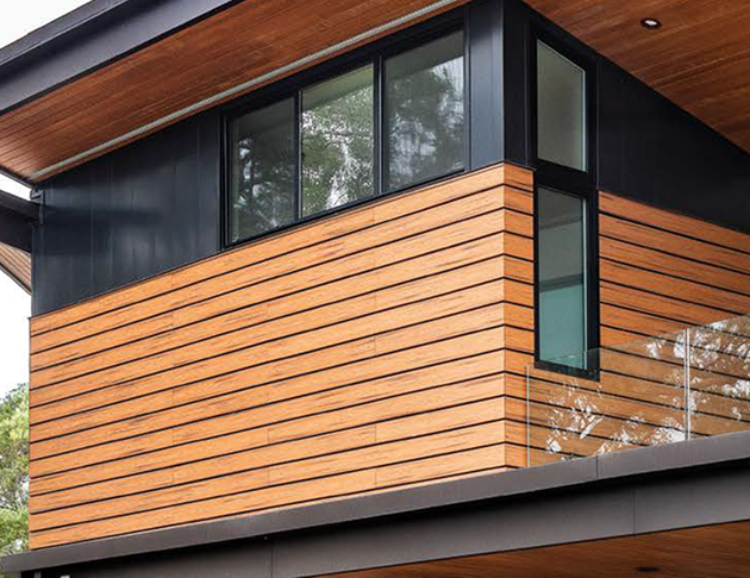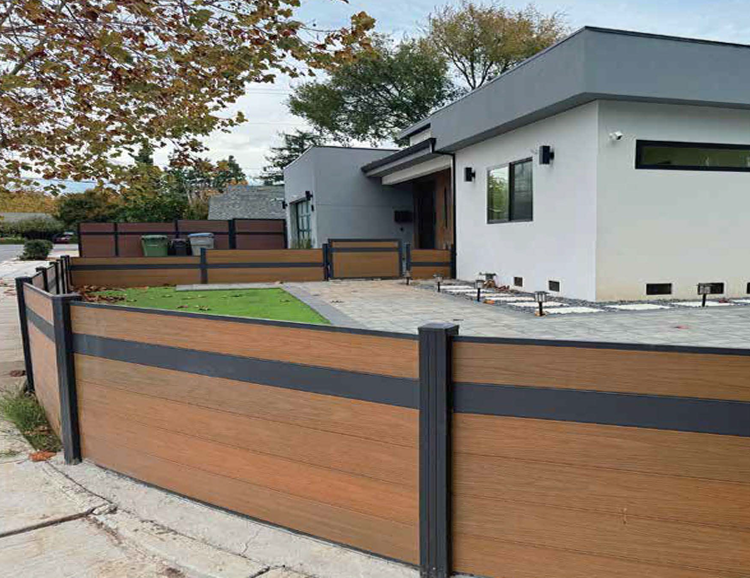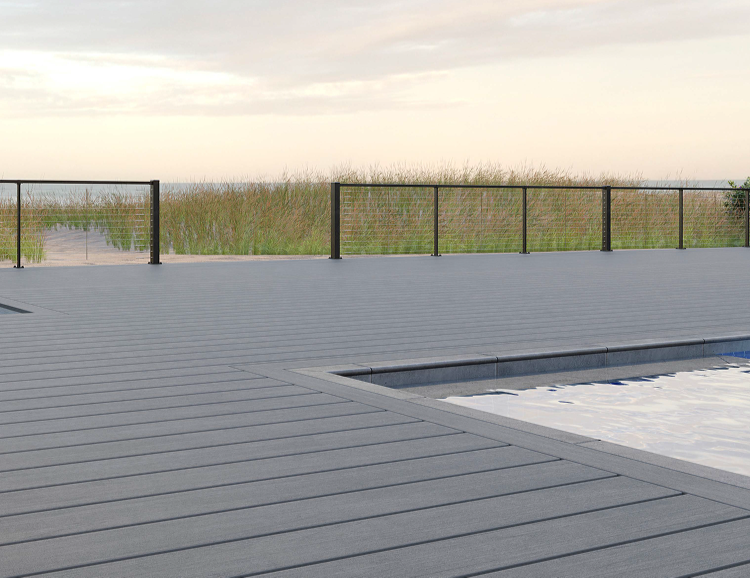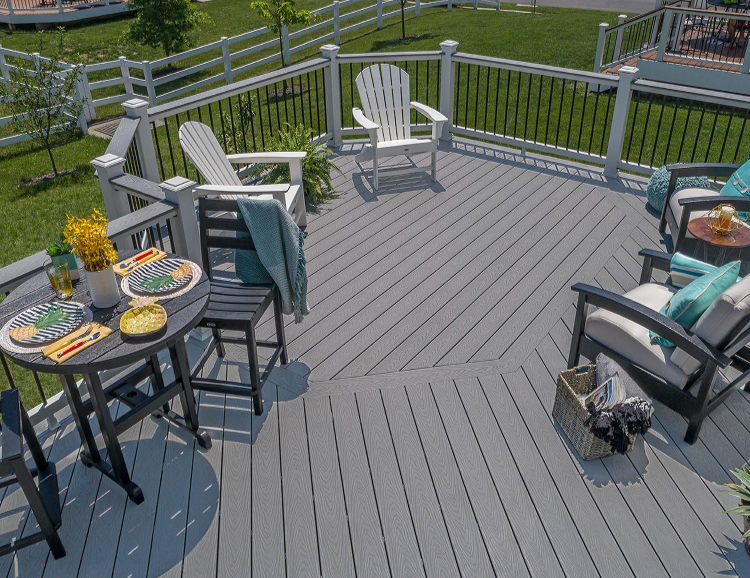Wood-Plastic Composite (WPC)
Wood-Plastic Composites (WPC) are an innovative, eco-friendly material made from wood fibers (e.g., sawdust, bamboo powder, rice husks) and thermoplastic polymers (PE, PP, PVC, PS). These materials are blended and shaped through extrusion, molding, or injection techniques to create a durable composite.
WPC was developed to conserve natural resources and promote sustainability. By recycling waste plastics and plant fibers, it reduces reliance on timber, helping to minimize deforestation and pollution. As a result, WPC has become a key green building material, aligning with ESG (Environmental, Social, and Governance) initiatives.
Wood-Plastic Composites (WPC) are an innovative, eco-friendly material made from wood fibers (e.g., sawdust, bamboo powder, rice husks) and thermoplastic polymers (PE, PP, PVC, PS). These materials are blended and shaped through extrusion, molding, or injection techniques to create a durable composite.
WPC was developed to conserve natural resources and promote sustainability. By recycling waste plastics and plant fibers, it reduces reliance on timber, helping to minimize deforestation and pollution. As a result, WPC has become a key green building material, aligning with ESG (Environmental, Social, and Governance) initiatives.







